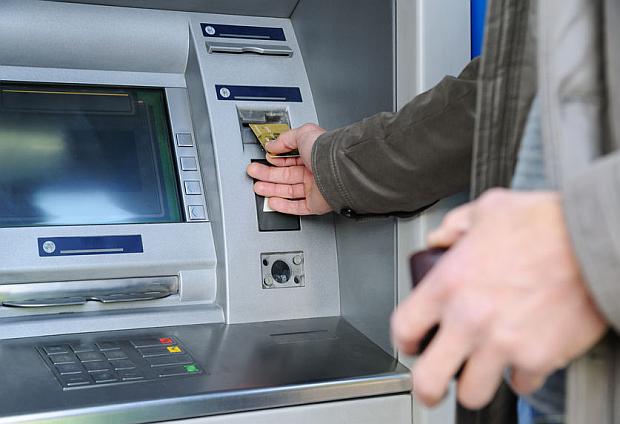PH must step up digital shift for better cash aid system – WB

INQUIRER.net stock photo
MANILA, Philippines — The World Bank (WB) has urged the Philippine government to ramp up digital government-to-person (G2P) payments, mainly by tapping other financial services providers like e-wallets, to speed up and ensure the efficient distribution of “ayuda” (cash assistance) during a crisis.
There must also be a foundational ID system in place to make it easy to identify and verify the data submitted by beneficiaries, it added.
In its report titled “Toward more Accessible and Inclusive Social Assistance Delivery: A Geospatial Analysis in the Philippines,” the World Bank’s Government-to-Person Initiative, or “G2Px,” noted that at the height of the most stringent lockdowns due to the coronavirus pandemic in 2020, the implementation of the social amelioration program (SAP) hit a snag due to the lack of digital payments infrastructure for recipients.
“The Philippines’ experience in implementing the SAP in response to the COVID-19 pandemic highlights the pressing need for financial inclusion, especially among the poor. Beneficiaries of the existing social assistance program Pantawid Pamilyang Pilipino Program (Pantawid, or 4Ps) received their first SAP payment on time as a top-up to their regular grants. However, the non-4Ps beneficiaries had to go through paper-based registration and manual payments, which resulted in duplication of beneficiaries and significant delay in payment delivery,” the report authored by Yasuhiro Kawasoe said.
Need for national ID system
It added that the lack of a national ID system and low bank account ownership hampered the release of financial assistance.
Article continues after this advertisement“The lack of identification documents is one of the reasons for being unbanked in the country where only 29 percent of adults have a bank or mobile money account. This is an issue with the Philippines being one of 23 countries in the world without a foundational national-scale ID system,” the World Bank said.
Article continues after this advertisementAccording to the Washington-based multilateral lender, global experience during the pandemic showed that countries could provide cash transfers “promptly and accurately when they have foundational ID systems that uniquely identify and verify data about members of the population, coupled with advanced G2P payment ecosystems.”
It was also for this reason that President Duterte ordered Socioeconomic Planning Secretary Karl Kendrick Chua, during the latter’s appointment as National Economic and Development Authority (Neda) chief in April 2020, to speed up the implementation of the Philippine Identification System (PhilSys). The Philippine Statistics Authority, which is in charge of PhilSys, is under Neda’s watch.
So far, around 57 million Filipinos have already signed up for the national ID program. The World Bank said that the government had “expedited the development and registration for the national ID system (PhilSys) and used the opportunity to facilitate bank account opening.”
It added that aside from ownership of a bank or mobile money account, accessibility to financial services was also needed for financial inclusion.
Long trip to ATMs
The World Bank noted that despite the Department of Social Welfare and Development’s partnership with Land Bank of the Philippines for the payment of 4Ps beneficiaries, some of them still had to travel quite a distance to go to a branch or ATM.
To address these financial inclusion gaps, especially in remote communities, it urged the government to partner with financial service providers other than banks, like mobile wallets.
“There is a correlation between adult account ownership and the number of ATMs in the Philippines and other East Asian countries. Considering the rapidly increasing number of electronic money issuer agents, a partnership with them could improve people’s access to financial services, especially in remote areas,” it said.
It batted for digital payments, plus the involvement of more financial service providers, to improve financial inclusion for those living in remote places, including the poor and vulnerable who had less access to ATMs and financial services. “Leveraging the presence of existing payment service points by collaborating with financial service providers other than Landbank can significantly reduce travel time and cost. The government can consider using financial service providers chosen by beneficiaries based on ease of access and convenience,” it said.
At the end of 2020, the Pantawid Pamilyang Pilipino Program covered 4,324,680 household beneficiaries from 41,676 barangays nationwide with P77.8 billion in aid distributed between January and November. Of the amount, 19.6 percent were education grants; 44.5 percent, health grants, and 35.9 percent, rice subsidies.
Of the total active households in December 2020, 92.5 percent received their assistance through cash cards, and the remaining 7.5 percent got theirs through over-the-counter payments.
—WITH A REPORT FROM INQUIRER RESEARCH
RELATED STORY